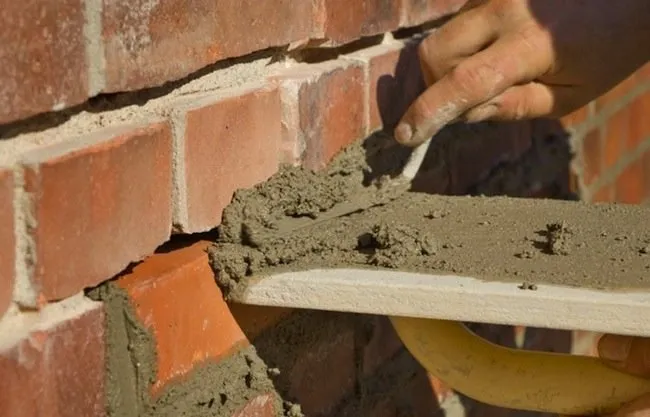It is generally considered that well-built brickwork requires little maintenance. However, as the brickwork ages, the surface of the mortar joints may tend to show signs of poor condition or failure – such as when the mortar is powdery and easily rubbed away or eroding so that the joints have become appreciably recessed. In this situation, you will need to decide whether there is any loss of strength in the wall and, if there is, if repointing will adequately restore that strength and make the joints sufficiently durable.
What is repointing?
Repointing is the refilling of the outer part of the joints on brickwork where the previous mortar has weathered away or has been removed because it is unsuitable. Repointing can significantly affect not only the look but also the durability of masonry. If done badly or using the wrong materials, it can damage the brickwork, sometimes beyond repair.
Masonry walls need to be able to regulate water penetration and evaporation. If the condition of the mortar joints is poor or if the wrong mortar has been used for repointing in the past, then this process can be compromised. There are three main reasons for repointing:
- Mortar joints are crumbling or loose
- Mortar joints are open or have weathered back to such an extent that the edge of the masonry units are exposed forming a ledge that encourages water to seep into the masonry
- A hard impermeable cement-based mortar has been introduced trapping moisture and accelerating the deterioration of the masonry
How does pointing affect the strength of the wall?
The walls up to two storeys with failed pointing are usually strong enough structurally. However, a structural assessment is always advisable for walls of three or more storeys, and may indicate the need for other measures in addition to repointing or even rebuilding. BRE provides guidance that in a typical case:
- Halving the compressive strength of the mortar reduces brickwork strength by only about 15% and brickwork strength is negligibly affected by unfilled perpends; however
- Deeply recessed bed joints can reduce compressive strength by about one-third and lateral strength (e.g. against suction) by up to a half
There are in-situ tests for determining the strength of mortar and brickwork (e.g. the screw pull out/BRENCH tests).
The main principle to remember in deciding whether to repoint is that if the poor condition of the brickwork is due only to erosion of the mortar, repointing can restore adequate strength and rebuilding can be avoided.

